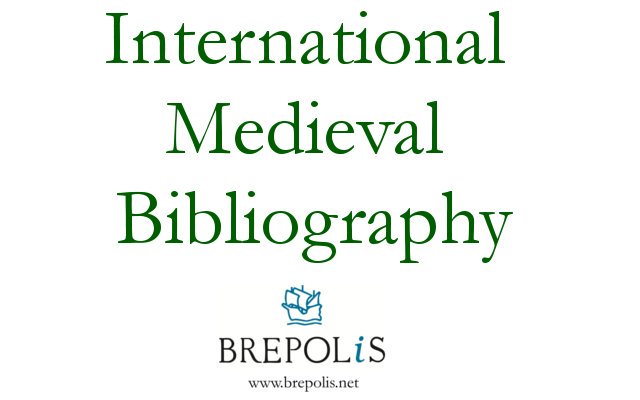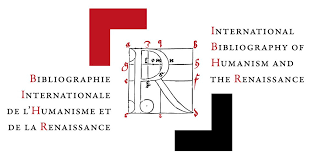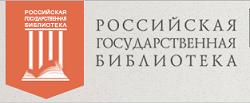The topos of the city in the Bulgarian prose from the 1960s. Its structure and mythopoetics
DOI:
https://doi.org/10.31168/2073-5731.2022.1-2.3.04Keywords:
Topos, literary urbanism, poetics, “Thaw”, prose, myphopoeticsAbstract
The article depicts the main processes of literary urbanism in the 1960s in the Bulgarian prose, which witness the permeability of the socialist realist canon and the expansion of its thematic and structural boundaries. Three new models of negatively connoted city space that came into being in the context of the “Thaw” are outlined. The differences between the presented models and the Soviet urbanism of the 1960s, which often presents city as a territory of poetry, trust and connection with the revolutionary past, are taken into account. The present article traces the presence of the topos of the “sinful city” in Pavel Vezhinov’s Smell of Almonds, Bogomil Rainov’s Roads to Nowhere and Vassil Popov’s The Time of the Hero. The author reconstructs the genesis of the given topos in the tradition of Bulgarian urban literary fiction from the 1920s to the 1940s and analyzes the influence of mass literature. A group of semantic features typical for the poetics of this topos in the considered works is presented, such as:
— destruction and fragmentation;
— incompleteness and deformation of the interior;
— semiotization of sounds and aromas;
— provincialism and cosmopolitanism.
The confrontation of the topos with the basic postulates of the socialist realism as well as the productivity of the given model in the Bulgarian literary fiction of the 1970s is outlined.
Received: 17.01.2021.
Citation
Nyagolova N. The topos of the city in the Bulgarian prose from the 1960s. Its structure and mythopoetics // Slavic Almanac. 2022. No 1–2. P. 265–278 (in Russian). DOI: 10.31168/2073-5731.2022.1-2.3.04.






